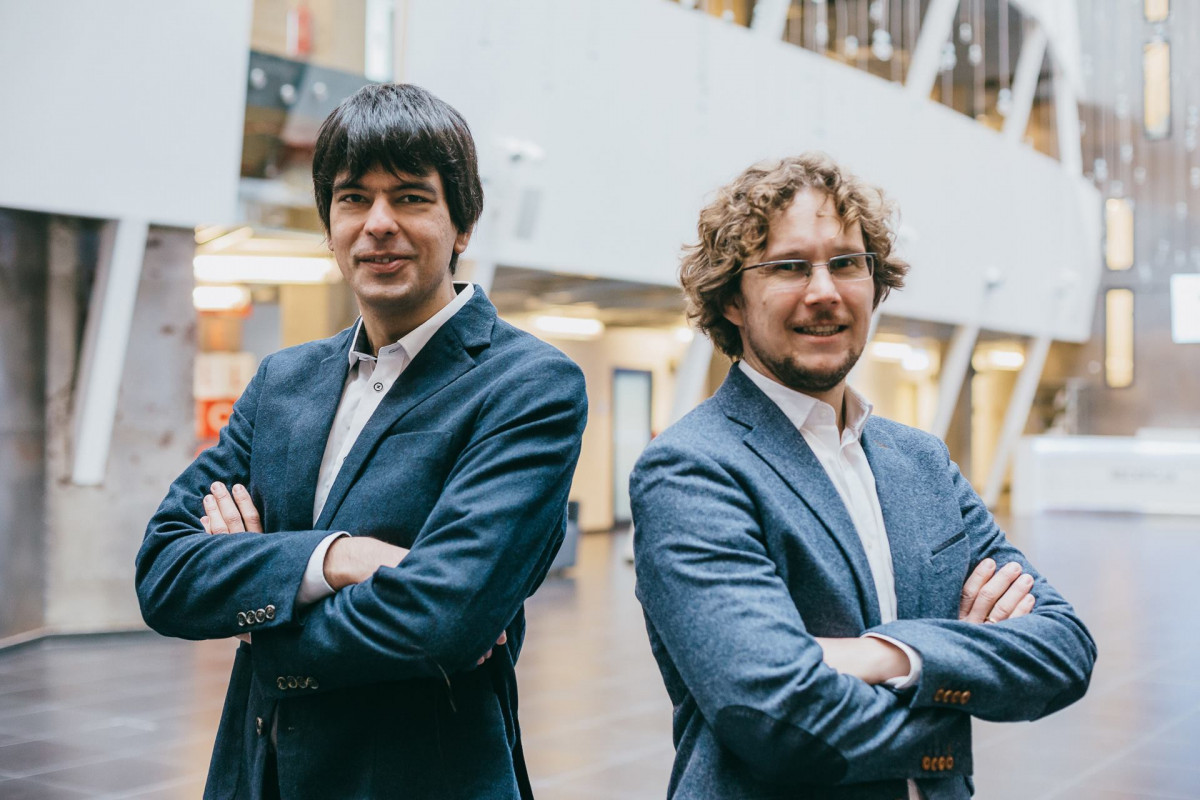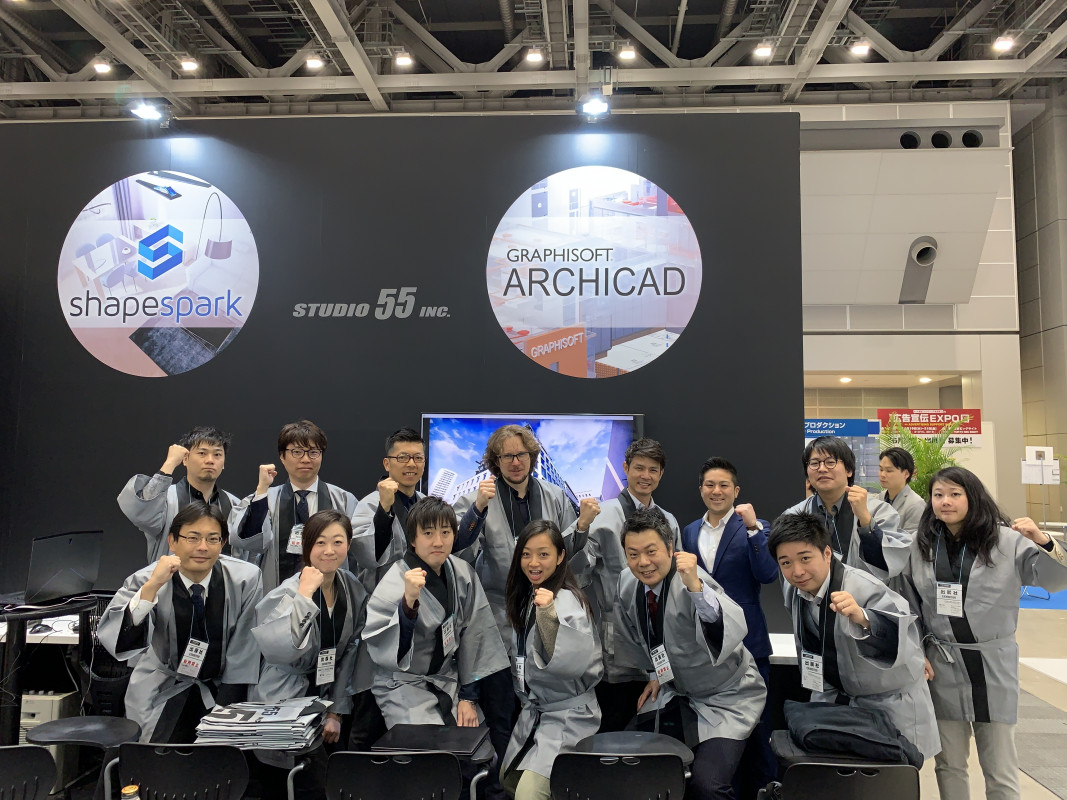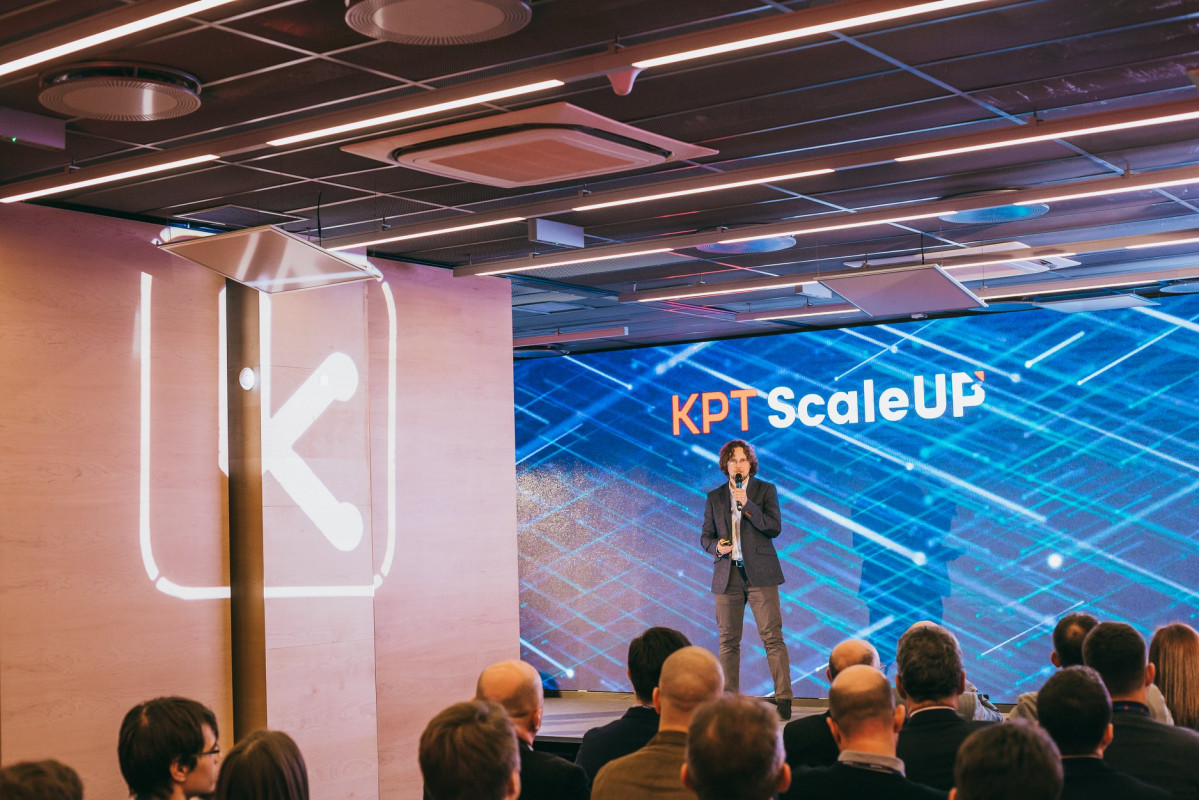From Kraków accelerator to the guardianship of an asian dragon
The story of Shapespark, a scale-up accelerated at the Kraków Technology Park proves that even niche products may gain global recognition.
Shapespark dates back to 2015. That is when Jan Wróbel and Wojciech Matyjewicz, university mates, realised the potential of WebGL technology for direct presentation of 3-D content in website browsers. They recognised that the technology will make a significant impact on the 3-D visualisation sector. WebGL solved the problem of distributing 3-D content, because it released the user from downloading and installing additional software on computers and smartphones. The future founders of Shapespark believed that to pave the way for interactive 3-D visualisations of architecture, which let you peek into any corner of complex spaces.
By the time interactive visualisations were the domain of non-web solutions, and as such in most cases limited to just one operating system. The Wróbel and Matyjewicz duet decided to create a product that could allow creation of interactive visualisations of architecture that work directly in all the popular web browsers, whether desktop or mobile.
The other motivation to register a start-up was the development of VR technology. By its nature, virtual reality requires interactive visualisations, therefore the right assumption that it would provide an afterburner speeding up the adoption of such solutions was made. The work on visualisations generated in Shapespark from the start assumed that they also have to work in a VR

Multitasking for specialised applications
While the company was entering the market, its founders were primarily involved in product development, sales, marketing, and also client support. Software engineers by education and profession, with no past start-up experience, they practically had to learn everything on the go. Obviously, laborious searches for proper solutions were part of the story.
The fact that Shapespark is specialist software that solves plenty of glitches and difficulties in such fields as 3D graphic, computational geometry, and 3-D content compression certainly played a role. Developing the product so that its first version could be released took about two years. A period much longer than in the case of a typical MVP. At the time the start-up only used its own financing, which required profound reserves of faith in the direction they chose and perseverance in reaching that goal from its founders. Luckily the whole paid well.
The turning point
Joining the KPT ScaleUP accelerator was a powerful boost for the start-up, not only making it possible to gain precious business know-how but also funds. The latter were mostly spent on marketing. The decision to change the model of product sales was taken and implemented during acceleration. Now, apart from traditional lifelong licenses, monthly subscriptions were offered in a key move that greatly lowered the entry barrier for the new clients. Currently, around 70% of the product sales revenue comes from subscriptions.
In 2018, the potential of Shapespark was recognised by the Chinese group Glodon – Asian leader in design and construction software. Glodon purchased 100% of shares in the company, and then augmented its products using the visualisation techniques developed by Shapespark engineers for that purpose.

Currently products made by Shapespark are used in 50 countries all over the world, mostly by small and medium-sized businesses: interior designers working with offices, trade fair booths, furniture, as well as studios specialising in visualising architecture, and businesses creating virtual events, exhibitions, and showrooms.
By the way
Shapespark lays plenty of emphasis on the quality of the visualisations obtained and the ease of using their software while developing the product. This is something that their product users notice. Many emphasise that Shapespark is easier to use than the tools offered by the competition.
Wróbel and Matyjewicz consider their success an undeveloped blue niche in the red-ocean market of architecture visualisation products. In 2015 the potential market for interactive online visualisation was hardly there. Time showed that the intuitions and the subsequent decisions about the course of development proved right. The number of businesses looking for such solutions is on the rise month after month.
Another step in the development of Shapespark is work on software for creation of visualisations and virtual walks in architectural projects that are only to be designed. As the company started its operation with mostly interior design in mind, most of its initial clients recruited from that sector. However, Shapespark software is now more and more often used by developers to present entire future estates, also residential, design large office spaces and configure of office furniture, and create trade fair booths as well as virtual events, showrooms, exhibitions and museum visits.
Today, the Shapespark team are five people with complimentary specialisations and skillsets. They are all aware that, regardless of the successes they have achieved, they still have a long way to go to reach for the title of market leader. Yet they have all that it takes, tools included, to reach for that accolade.
For more information on Shapespark, please visit https://www.shapespark.com.

Contact
Krakowski Park Technologiczny sp. z o.o.
ul. Podole 60
30-394 Kraków
NIP 675-11-57-834
